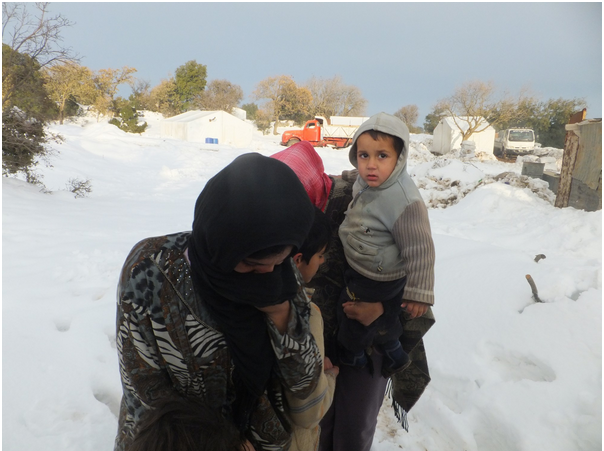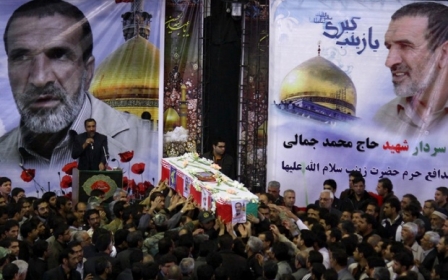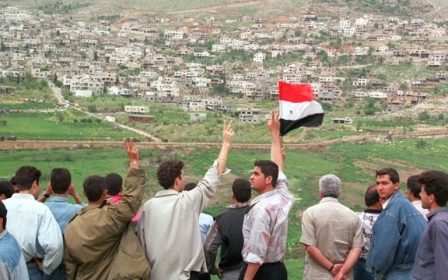Syrians seeking refuge in the Golan left cut off from outside world

QUNEITRA, Syrian Golan Heights – This town, at the very bottom corner of southwestern Syria, has long been abandoned and nearly levelled.
While this fate has befallen many towns across the war-torn country in recent years, Quneitra has lain half-barren for decades - since the so-called Six-Day War in 1967 when Israel seized much of the Golan Heights.
When the Israelis withdrew from this part of the Golan in 1974, they left little but rubble and a few abandoned homes and buildings, with UN peacekeepers soon moving in to fill the vacuum. And even during peace time, few Syrians ventured to this part of the county, and foreigners needed special permissions to visit, all of which helped preserve its green and sleepy way of life.
Since a bloody uprising against President Bashar al-Assad broke out in 2011, however, more than a 1,000 people have started filtering into the area in search of shelter.
Being so close to the border with long-time foe Israel, has allowed this small corner of Syria to, at least for now, avoid the worst of the fighting.
Clashes between government forces and militias, especially fighters from the Nusra Front, have happened, and Israel has reportedly carried out a number of strikes, including one earlier this week that killed six Hezbollah fighters and an Iranian general, but Assad’s planes have largely stayed away, prompting small makeshift camps – such as Camp Hope or Camp Rafid in the Golan itself - to start popping up for the internally displaced.
MEE visited one such camp, known as Brega, in the countryside outside Quneitra - nestled right on the border.
Here, some 600 Syrian civilians have taken shelter in 65 tents, trying to wait out their country's civil war.
But, while many camp residents say they feel safer here on the Golan border than they do elsewhere, conditions are harsh and hazardous. Storms that pummelled the region earlier this month brought snows that have yet to melt, and continue to be almost a foot deep. When the snow first fell, residents were left totally isolated for three days.
There are no state services here, or machinery to help clear the roads or reconnect the power, which at the best of times is off for the vast majority of the day, if it comes on at all. Nor have aid agencies been able to gain access to the remote area. There are no UN tents or schools here and no Medicines Sans Frontiers treatment centres.
Camp residents have instead been left living in deplorable conditions and have extremely limited access to food and drink. There are few blankets, and little warm clothing to go around and almost no heating to speak of apart from a few wood fires.
Medical supplies have long run dry, and with no medical facilities in the camp and no doctor on site, care is virtually non-existent.
Wealthy locals from neighbouring villages and towns have been offering a rare lifeline, ferrying up clothes and supplies whenever they can. But while the car-loads of supplies, have sustained Brega’s residents for now, fears are high that a flare-up in fighting, or a government crackdown, might yet put an end even to this meager assistance.
And if the snows fall again, or other extreme weather rocks the region once more, the camp’s residents, may find themselves almost totally isolated and forgotten by the outside world.
New MEE newsletter: Jerusalem Dispatch
Sign up to get the latest insights and analysis on Israel-Palestine, alongside Turkey Unpacked and other MEE newsletters
Middle East Eye delivers independent and unrivalled coverage and analysis of the Middle East, North Africa and beyond. To learn more about republishing this content and the associated fees, please fill out this form. More about MEE can be found here.




